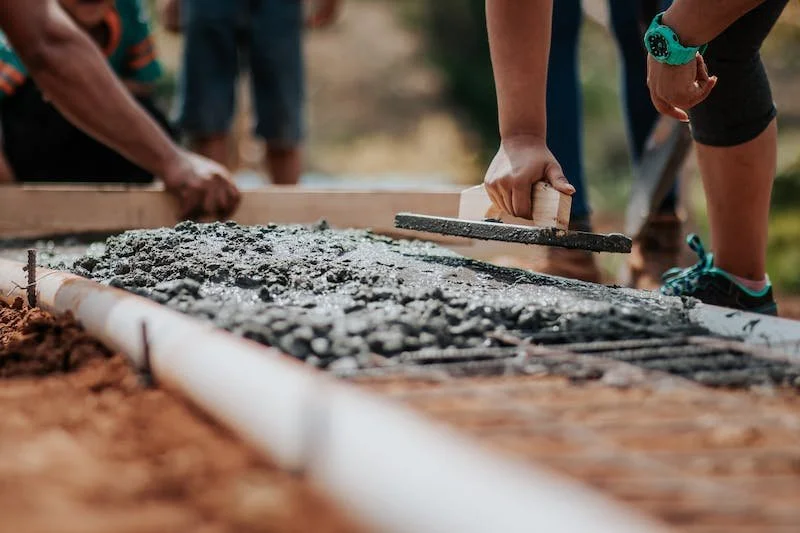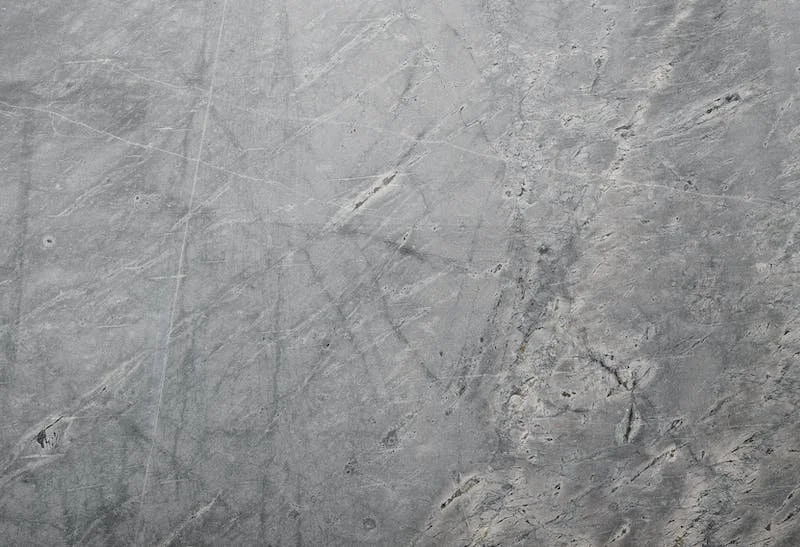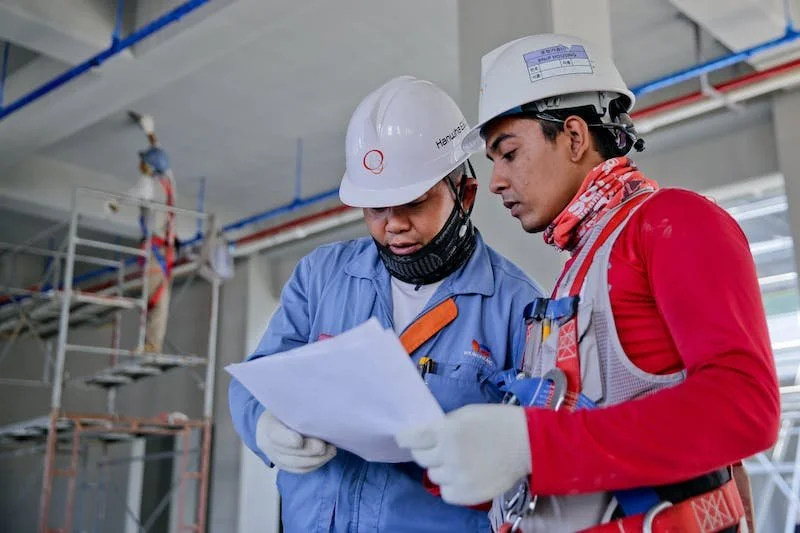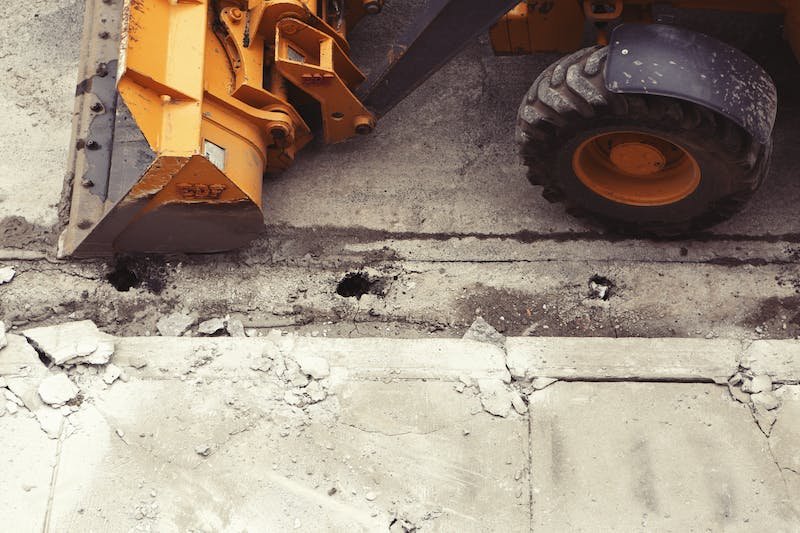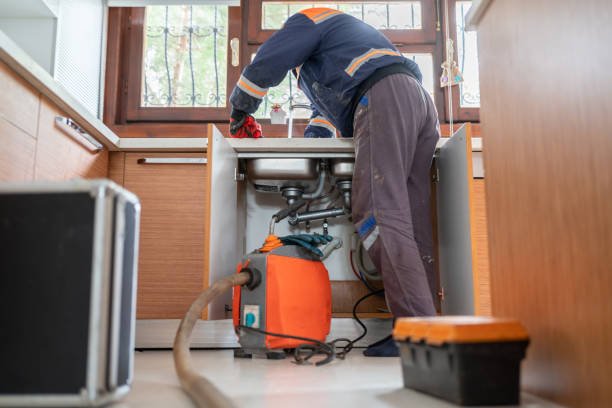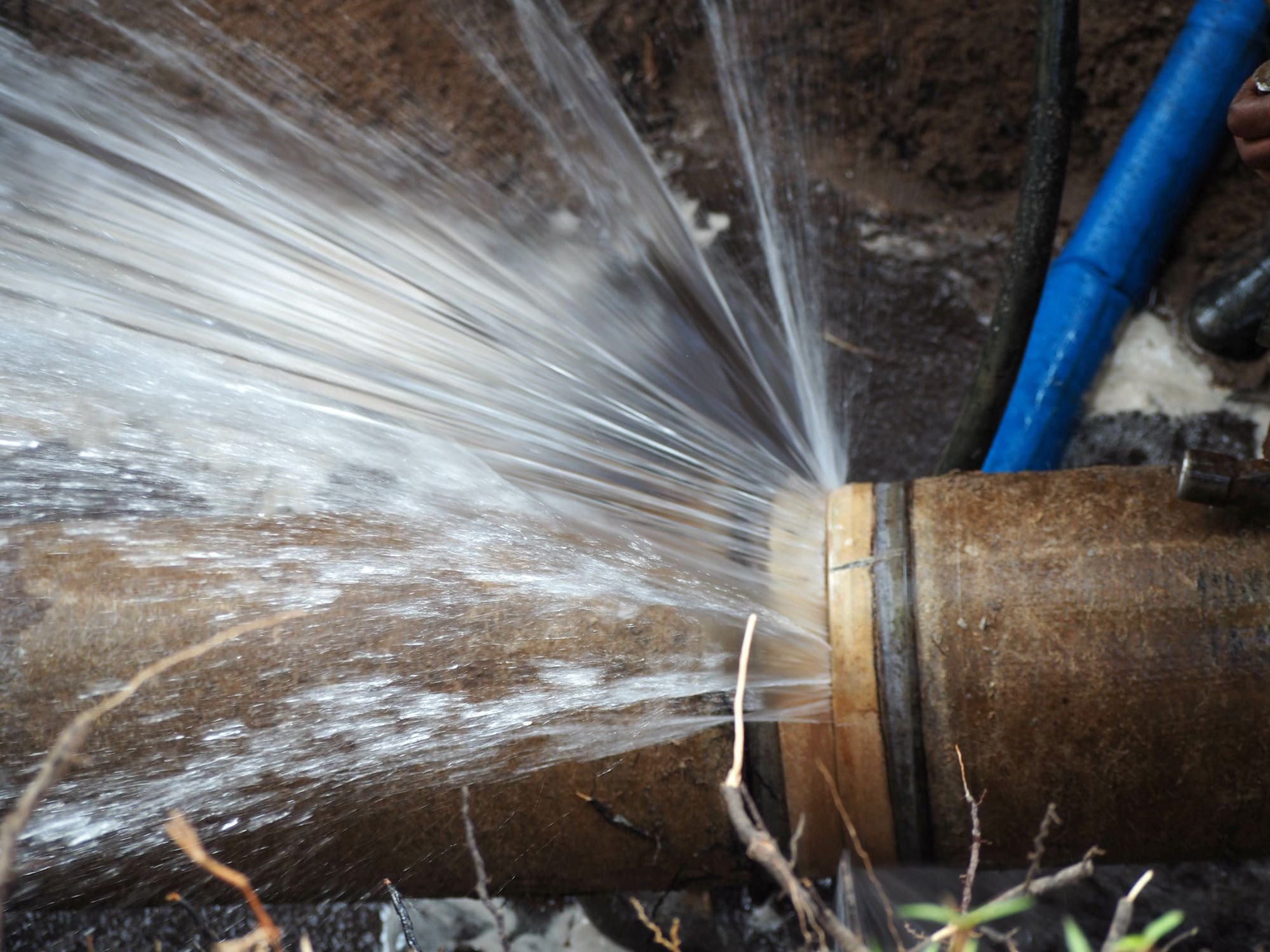What to know before you renovate your home
RH Business Marketing Solutions
Renovating your home can be an immensely satisfying experience. It enables you not only to improve your own living standards but also to be reminded of your handiwork every single day. Whether it’s something as simple as repainting a wall or as major as replacing your roof, there’s nothing like the feeling of living within a completed project of yours.
However, it would be natural if you’re feeling a little daunted by the challenge that’s ahead of you. Trying to renovate your home is far from easy and might require more work than you initially anticipated.
This is why it’s vital that you have a clear plan of action before you start and tackle the project with the right mindset. For instance, if you’re taking on a ground-up renovation project, then it’s best to start with the big tasks first — which will soak up the most time and resources — as well as target areas in your home which will move the needle the most by adding value to it.
Lastly, you’ll need to get a solid budget in place, so you can complete the project without overleveraging yourself or leaving yourself out of pocket.
This is what you need to know before you renovate your home:
Start with the big jobs first
When you’re embarking on a home improvement project, you might be struggling to know where to start. While this will depend entirely on the particular property and the challenge you have ahead of you, it’s generally best for you to start with the big jobs first.
This is because the bigger jobs will take more time to complete and will therefore tend to drag on. The last thing you want is to start with minor tasks like painting walls or plastering ceilings when you need to replace your shingle roof Florida.
What’s more, if these larger and structurally integral elements aren’t dealt with first, then you could suffer damage to the smaller jobs that you wrongly prioritized.
Target areas that add the most value to your home
Another way to prioritize your home improvement projects is to work out which areas will add the most value to your home. This way, any money you’re spending will have the highest return on your investment, and you’ll find it easier to sell your property for a higher price.
These areas could include replacing your roof, creating a more open-plan living space by knocking through dry walls, extending your home, or renovating your loft or cellar.
Have a budget in place first
Of course, attempting to renovate your home is impossible if you don’t have the necessary budget in place first. One of the most common mistakes that homeowners make when they are trying to renovate their property is that they get carried away with selecting the finest materials and a large workforce to get the project over the line without seriously considering the cost implications.
Therefore, set a clear budgetary red line before you start, and make sure that you stay below that as you go along.






